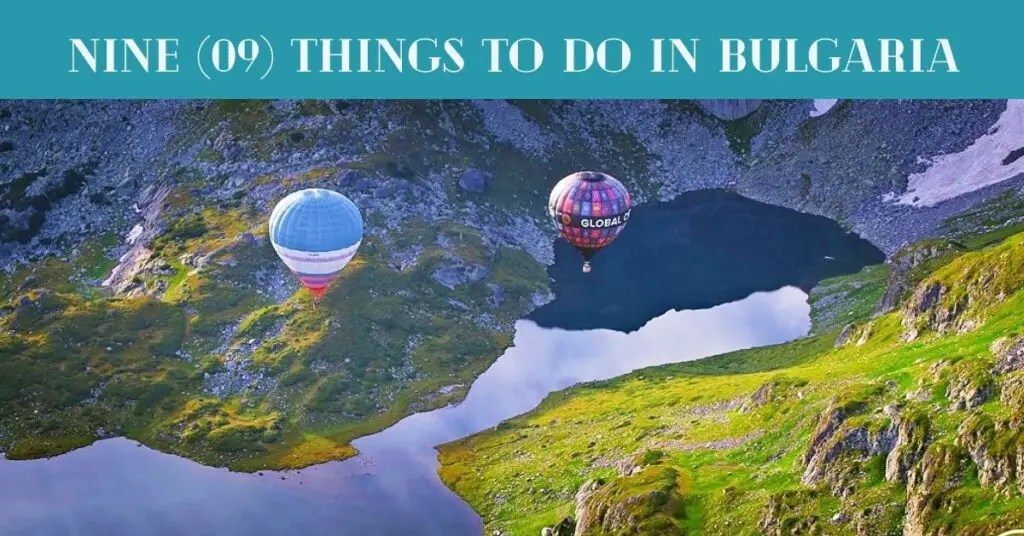In 2024, we will offer a curated list of the top nine (09) things to do in Bulgaria. Explore the vibrant streets of Sofia, learn about Plovdiv’s Old Town’s rich history, and enjoy the cultural allure of Varna. Immerse yourself in the winter wonderland of Bansko for skiing adventures. Bulgaria’s diverse landscapes, rich history, and vibrant culture make it an attractive destination for travelers. Explore the Rila Monastery Nature Park, the mystical Rhodope Mountains, the tranquil Black Sea Coast, the Pobiti Kamani Stone Forest, and Bulgarian cuisine. Bulgaria in 2024 promises a diverse and enriching experience for history, nature, and adventure seekers.
1) Discover Sofia’s Architectural Wonders
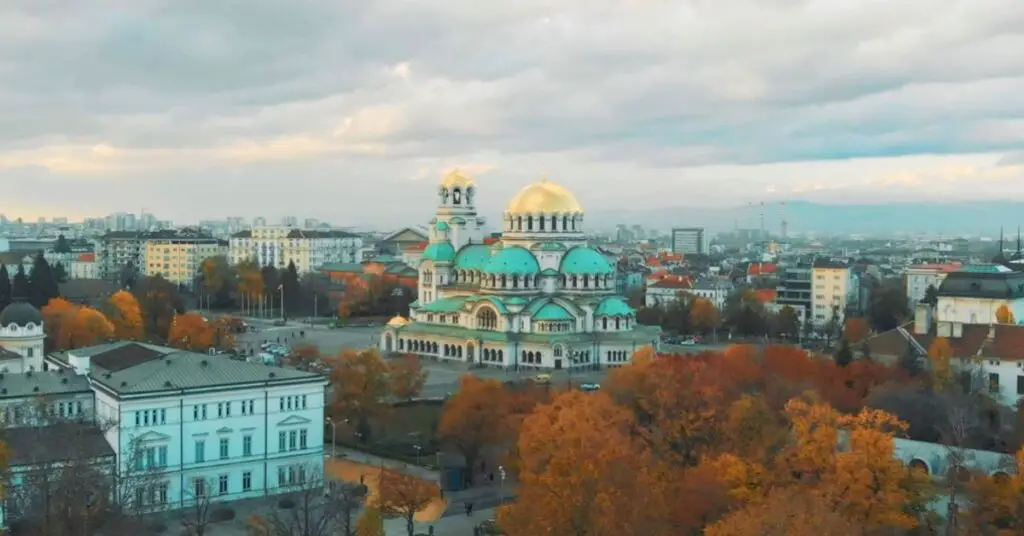
Sofia, the capital of Bulgaria, is a city that blends its rich history with modern influences. Its architectural treasures, ranging from ancient Roman ruins to Soviet-era structures, tell stories of centuries past. The city’s streets showcase the various civilizations that have shaped its landscape, from ancient Roman ruins to towering Soviet-era structures. Join a virtual tour to discover the captivating stories of Sofia’s architectural treasures.
Sofia’s Architectural Highlights:
- St. Alexander Nevski Cathedral: A Neo-Byzantine masterpiece with golden domes and intricate mosaics.
- Boyana Church: A UNESCO World Heritage Site with 11th-century frescoes depicting biblical scenes and everyday life.
- National Palace of Culture (NDK): A Brutalist structure housing museums, concert halls, and art galleries.
- Rotunda Church of St. George: The oldest structure in Sofia, serving as a Roman temple, church, and mosque.
- Banya Bashi Mosque: An Ottoman-era mosque with an elegant minaret and colorful facade.
- Sofia Synagogue: Europe’s third-largest synagogue with stained glass windows, intricate carvings, and a magnificent dome.
- Parliament Building: A neoclassical structure housing the Bulgarian National Assembly.
- National Archaeological Museum: Immerse in Bulgaria’s rich history through artifacts.
- Central Sofia Market Hall: A bustling market housed in an Art Nouveau building.
- Yellow Sofia: Remains of a 19th-century architectural movement with unique facades and colorful details.
2) Hike in the Rila Monastery Nature Park
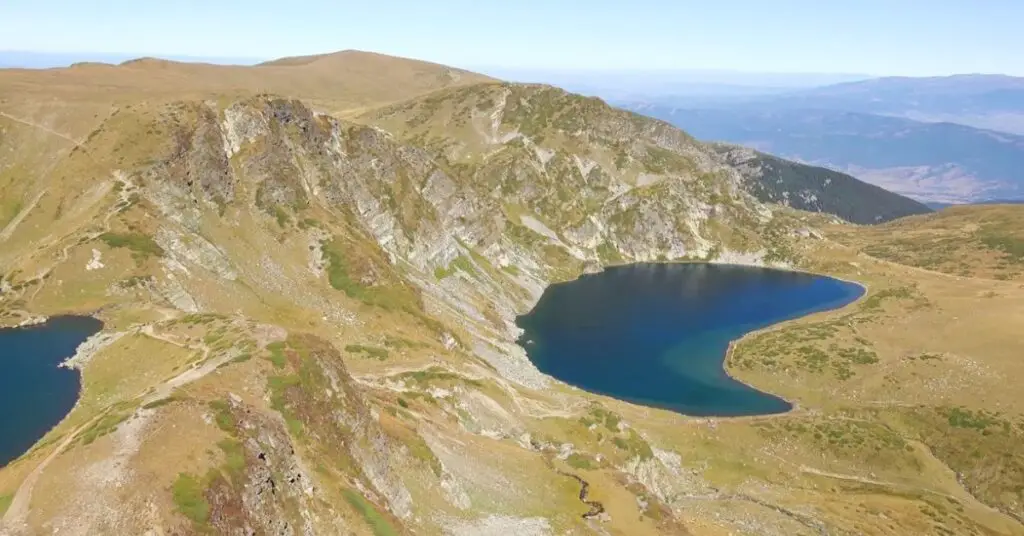
The Rila Monastery Nature Park, located in Bulgaria’s Rila Mountains, is a natural wonderland with stunning landscapes, diverse ecosystems, and rich cultural experiences. Hikers can explore the enchanting trails, including soaring peaks, emerald lakes, and ancient monasteries, which offer trails for all levels, from gentle strolls to challenging multi-day treks. The park’s spiritual richness and the allure of the great outdoors make it an ideal destination for those seeking breathtaking landscapes and cultural experiences.
Hiking Routes in Bulgaria:
- The Seven Rila Lakes Trail: A stunning journey past seven unique glacial lakes, pine forests, and wildflower-filled meadows.
- Rila Monastery Hike: A moderate trail to the Rila Monastery, a UNESCO World Heritage Site and medieval Bulgarian architecture masterpiece.
- Malyovitsa Trail: A challenging hike offering stunning panoramic views of the Rila Mountains.
- Skakavitsa Waterfall Trail: An easy trail to the cascading Skakavitsa Waterfall.
- The Rila River Trail: A moderate trail following the Rila River, offering stunning views of the valley and surrounding mountains.
3) Relax on the Black Sea Coast
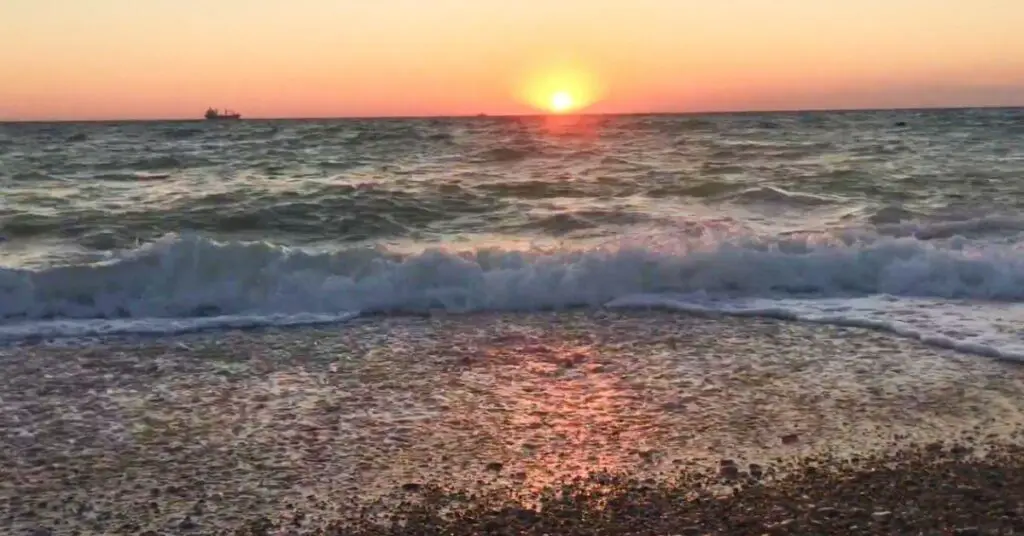
Bulgaria’s Black Sea Coast, stretching along its eastern border, offers pristine beaches, azure waters, and a laid-back atmosphere for a perfect escape. With over 400km of coastline, it offers a variety of beaches, resorts, and activities to suit every taste and budget. Whether you’re looking for a lively party scene, a quiet family getaway, or a chance to enjoy the sun and scenery, Bulgaria’s Black Sea Coast is the perfect spot for a blissful retreat by the sea.
Relaxing Escape:
- Sunny Beach: Known for its golden sand, vibrant nightlife, and water sports.
- Nesbar: A UNESCO World Heritage Site offering a blend of history and beachside relaxation.
- Sozopol: Known for its charming Old Town, colorful houses, narrow streets, and art galleries.
- Sinemorets: A small village for nature lovers and peaceful escape.
4) Visit Veliko Tarnovo’s Tsarevets Fortress
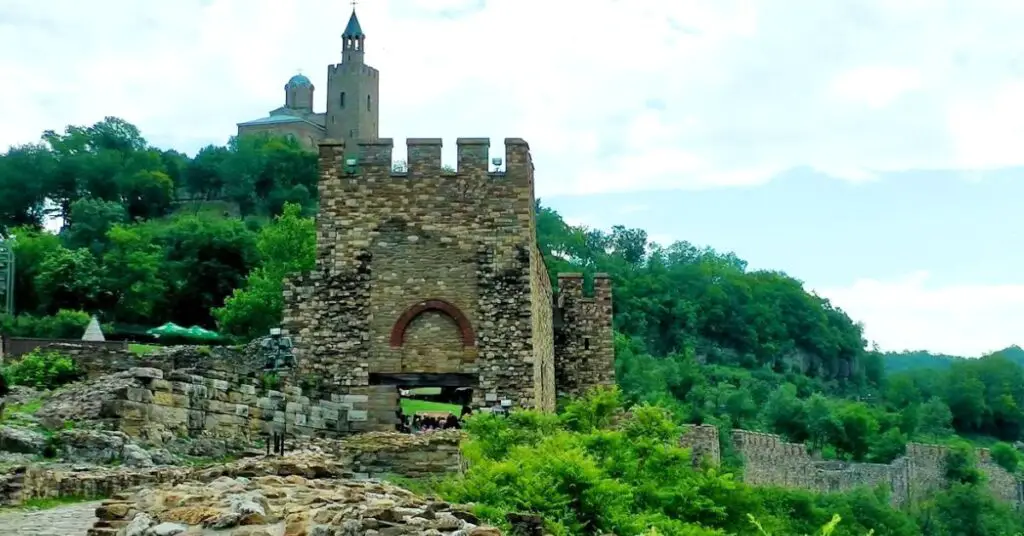
Veliko Tarnovo’s Tsarevets Fortress, located on hills overlooking the Yantra River, is a testament to Bulgaria’s rich medieval history. The fortress, which served as the heart of the Second Bulgarian Empire from 1185 to 1393, offers a virtual journey through the cobblestone streets and imposing walls of the fortress.
Visitors can explore the fortress through three entrances, each offering a unique perspective of the fortress’s imposing walls and towers. Firstly, the Royal Palace, once the seat of power for Bulgarian Tsars, is a testament to the grandeur of the fortress. Secondly, the Patriarchal Cathedral, the former religious center of the Bulgarian Orthodox Church, offers a spiritual atmosphere with its frescoes and solemn ceremonies. Thirdly, the throne room, where the weight of responsibility was carried by the Bulgarian tsars, is a must-see attraction. The fortress grounds offer breathtaking views of Veliko Tarnovo and the surrounding area, with rolling hills, meandering rivers, and quaint houses painting a picture of timeless beauty.
5) Explore the Rhodope Mountains
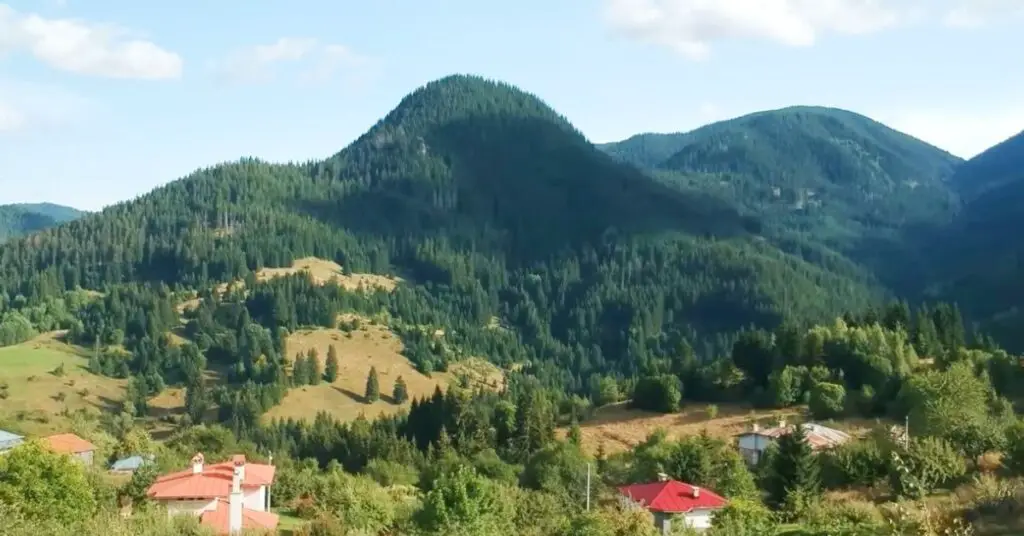
The Rhodope Mountains, located in southern Bulgaria, are a stunning array of natural wonders, ancient traditions, and folklore. Known as the “Land of Orpheus,” these mountains offer a variety of experiences for hikers, nature enthusiasts, and history buffs alike. The range features cascading waterfalls, charming villages, and captivating history, making it an ideal destination for those seeking adventure, tranquility, or a glimpse into ancient Thracian secrets.
The Rhodopes offer a variety of activities, including hiking trails, exploring the Seven Rila Lakes, and climbing Mount Snežanovec, the highest peak in the region. Visitors can also explore the Devil’s Throat Cave, Europe’s largest underground waterfall, and the Trigrad Waterfalls, where visitors can enjoy the cascading beauty of the waterfalls.
Another highlight of the Rhodopes is the scenic boat trip along the Arda River, which winds through the heart of the Rhodopes, showcasing dramatic rock formations, lush forests, and charming villages. Visitors can also observe diverse birdlife and, if lucky, even spot otters or deer along the way. Overall, the Rhodopes offer a unique and unforgettable experience for all who visit.
6) Visit the Pobiti Kamani Stone Forest
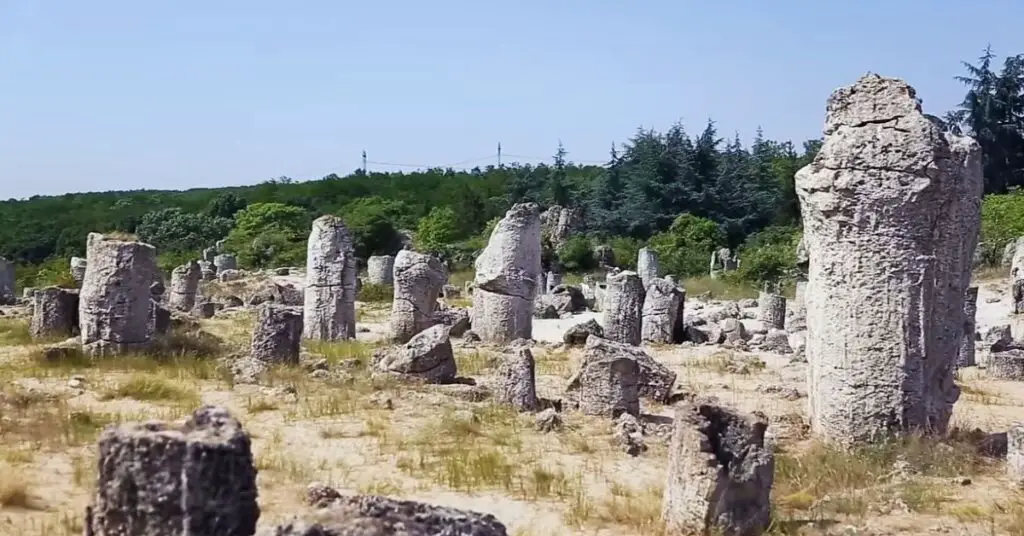
The Pobiti Kamani Stone Forest, also known as the “Planted Stones,” is a geological wonder in Bulgaria’s northeastern corner. Known for its ancient limestone pillars, the forest is awe-inspiring. Visitors can explore the enigmatic charm of this unique landscape, which has captivated visitors for centuries. The forest, located in Varna Province, is a must-see for anyone seeking a unique and unforgettable experience. The forest’s towering rock formations pierce the sky, creating an eerie landscape.
Pobiti Kamani is a captivating destination known for its towering rock formations, ranging from 5 to 10 meters high. These pillars, sculpted by wind and erosion, resemble giant mushrooms or frozen civilizations. The exact origins of these formations remain a mystery, with some suggesting they were created by mudflow solidification or volcanic activity.
The area offers diverse landscapes, including rolling hills, meadows, sandy plains, and a small lake. Hiking along marked trails offers panoramic views and fresh air. Visitors can also discover hidden treasures, including fossils of prehistoric life embedded in the rocks, which provide insight into the region’s ancient past.
7) Tour the Varna Archaeological Museum
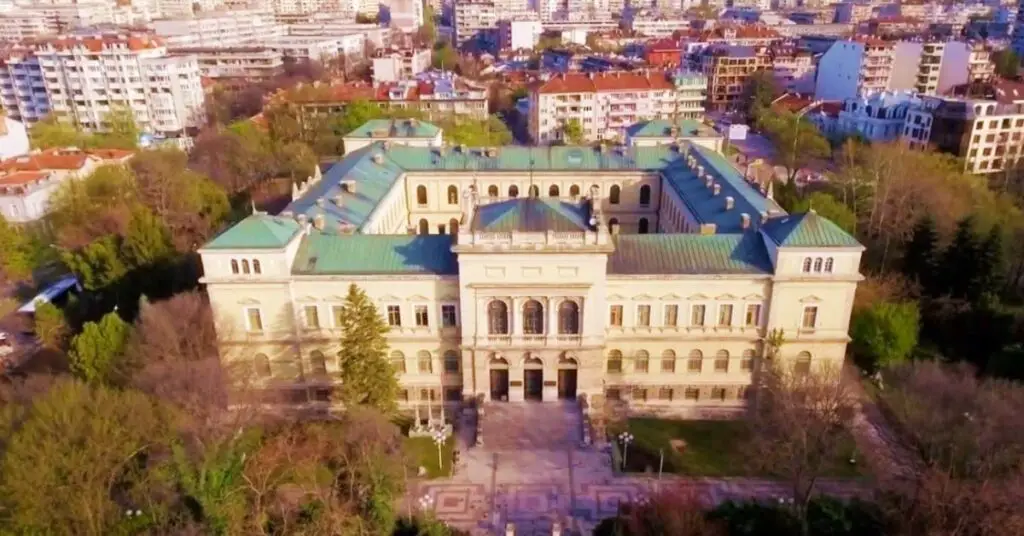
The Varna Archaeological Museum in Varna, Bulgaria, is a treasure trove of Bulgarian history and culture. Housed in a beautiful Neo-Renaissance building, it houses a vast collection of artifacts dating back millennia, providing a glimpse into the region’s rich and diverse past. The museum serves as a custodian of the country’s rich history, showcasing the contributions of ancient civilizations to the world. Join a virtual tour through the museum’s corridors to experience its rich history.
Explore the past through various artifacts, including tools, pottery, and jewelry from the Stone Age, Copper Age, and Bronze Age. Discover the Thracians’ legacy, featuring intricate jewelry and weapons. Explore the influence of ancient Greek and Roman cultures, including sculptures, mosaics, and coins. Explore the Middle Ages, featuring artifacts from the First and Second Bulgarian Empires. Witness the Ottoman Empire’s legacy through ceramics, weapons, and everyday objects. Celebrate the Bulgarian National Revival, a period of cultural and political awakening, with paintings, costumes, and artifacts that tell the story of the struggle for independence and the emergence of modern Bulgaria.
8) Ski in Bansko
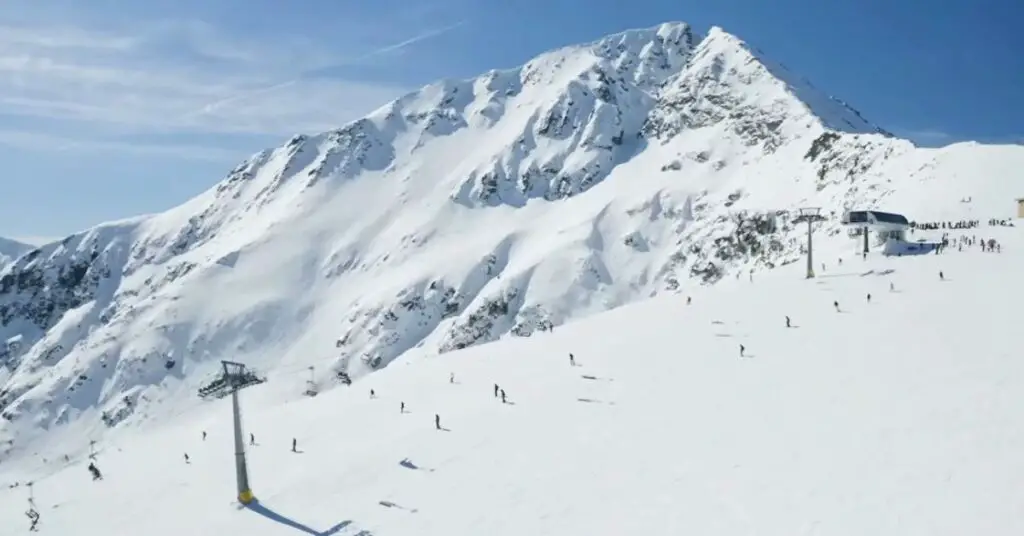
Bansko, located at the foot of the Pirin Mountains in Bulgaria, is a premier winter destination known for its historic charm and thrilling alpine adventures. With 75 kilometers of marked ski runs catering to all levels of skiers and snowboarders, Bansko offers a variety of snow-covered slopes, modern facilities, and a vibrant atmosphere. The resort also features a modern ski lift system for quick and comfortable access to the slopes.
The resort offers a variety of activities, including downhill skiing and snowboarding, freestyle skiing and snowboarding, cross-country skiing, sledding and snowtubing, and après-ski bars and restaurants. The resort offers a network of modern gondola lifts and chairlifts, ensuring quick and comfortable access to the slopes. The stunning panoramic views of the Pirin Mountains add to the skiing experience. In summary, Bansko is a popular winter destination for ski enthusiasts, offering a blend of historic charm and thrilling alpine adventures.
9) Explore Plovdiv’s Old Town
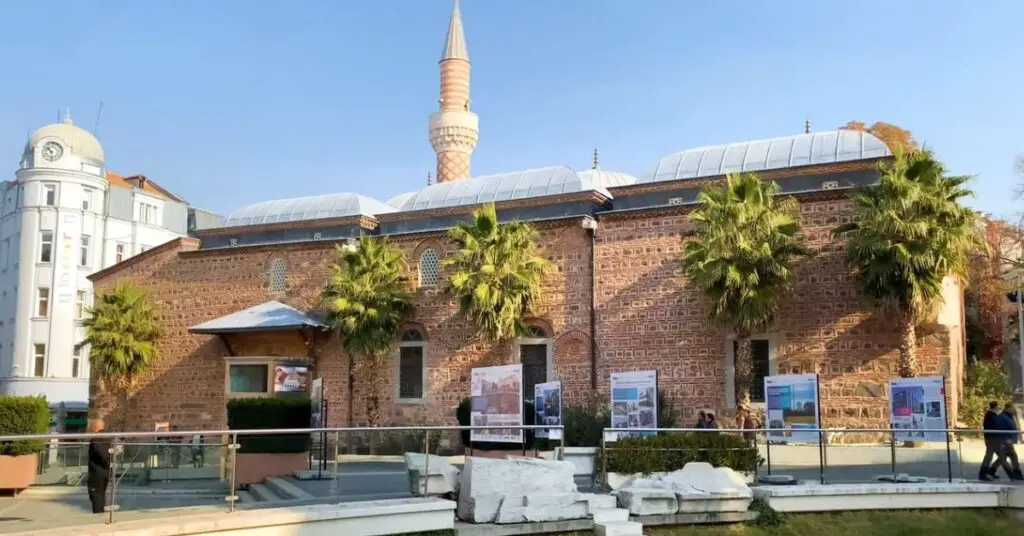
Plovdiv’s Old Town, also known as Stari Grad, is a UNESCO World Heritage Site in Bulgaria. It is a captivating labyrinth of cobblestone streets, historic houses, and timeless landmarks. Visitors can explore the city’s rich history, charming streets, and hidden gems. The Old Town features narrow streets lined with colorful houses, each showcasing a unique blend of architectural styles from the Ottoman, Bulgarian Revival, and Renaissance periods. The Roman Amphitheatre, one of the oldest and best-preserved in the Balkans, hosts cultural events and concerts today. The Odeon and Roman Stadium remains are also located beneath the main pedestrian street.
Hidden gems in the Old Town include Nebet Tepe, an ancient Thracian fortress; the Dzhumaya Mosque, a covered market filled with fresh produce, handcrafted souvenirs, and local delicacies; and the art scene, which includes hidden art studios and open-air galleries. Overall, Plovdiv’s Old Town offers a unique blend of history, culture, and charm, making it a must-visit destination for travelers seeking a unique experience.
FAQs
-
What is the best time to visit Bulgaria?
Both the autumn (September–October) and spring (April–May) seasons provide beautiful weather and fewer people. Summer is the best season, with hot weather and crowded beaches from June to August. Winter (December to March) offers charming Christmas markets and snow-capped mountains for skiing.
-
In which language is Bulgarian spoken?
The majority of tourist destinations understand English, while Bulgarian is the official language.
-
Which Bulgarian locations are a must-see in 2024?
Enjoy the many experiences that Sofia, Plovdiv, Varna, and Bansko have to offer, from historical landmarks to lively cultural scenes and winter sports.
-
How can I experience the ancient beauty of Bulgaria?
Explore Plovdiv’s Old Town, stop by old theaters and Roman ruins, and see architectural treasures like Balabanov House to fully immerse yourself in Bulgaria’s past.
-
What Bulgarian cuisine should you sample in 2024?
Try some authentic Bulgarian food, such as kavarma, banitsa, and bulgarian yogurt. For a real culinary experience, visit regional markets and historic pubs.
-
Can I relax on Bulgaria’s Black Sea Coast?
Of course! Explore coastal villages, unwind on the immaculate beaches, and take in the stunning sea views as you visit Varna on the Black Sea Coast.
-
Are there outdoor and environmentally friendly activities in Bulgaria?
Yes, you should think about visiting the Rhodope Mountains, going on outdoor activities near dams like Beglika and Vucha, and using eco-trails to see local waterfalls.
-
What is Bulgaria’s offer in terms of memorable cultural experiences in 2024?
See the traditional architecture in locations like Shiroka Laka in the Rhodope Mountains, attend cultural events, and visit institutions like the Varna Archaeological Museum.
-
Does Bulgaria offer any unknown gems or secret locations worth visiting?
Discover lesser-known locations like the Golyam Beglik Reservoir in the Rhodope Mountains for a more sedate and distinctive experience. Venture to the Pobiti Kamani Stone Forest, a geological wonder.
